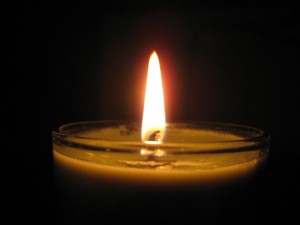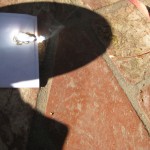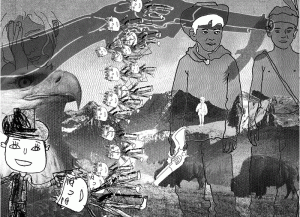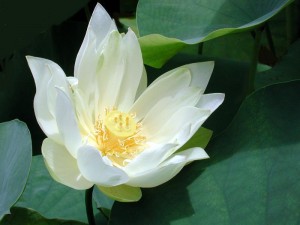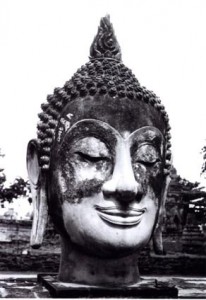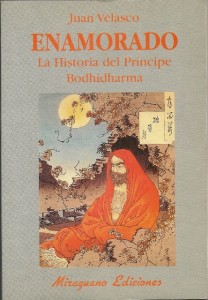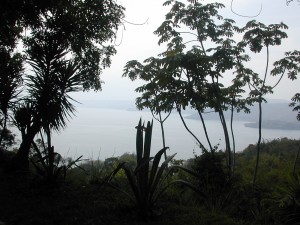As mentioned by Diane in the previous post, although painful conditions arise, the power of mindful awareness can reignite the flame, transforming oppressive circumstances into liberation. For Buddhists, this embracing of liberation is more clearly explained by the term, “nirvana.” Unconditioned nirvana means being free from any kind of impermanence; being at peace, or free from any kind of suffering; and feeling secure, or free from from any kind of self-estrangement within.
An interesting nuance about the nature of our “practice,” however, has to do with the terms of how to attain this liberation or “nirvana.” Thich Nhat Hanh describes it by emphasizing that “the heart of the Buddha is in each of us. When we are mindful, the Buddha is there.” In other words, one of the key aspects of our “practice” in life is to find our “Buddha nature.” But the other aspect of liberation to be attained by our practice is also described as being a bodhisattva. The work of the bodhisattva figure is defined by Shantideva as the one who practice “in the middle of the fire.”
Pema Chodron describes the bodhisattvas as those who “enter into the suffering of the world; it also means they stay steady with the fire of their own painful emotions.” Chodron says our work in the world is to “open your heart in an inconceivably big way, in that limitless way that benefits everyone you encounter.” Attaining our liberation means taking a position of active engagement as we face the suffering of the world, and finding the terms of ultimate liberation for all beings.
By touching the Buddha within and practicing the way of the bodhisattva our liberation is ultimately linked to the liberation of all beings.
Take a moment now to connect with this source of joy and peace. Ask yourself:
- What in my life helps me to touch the peace within?
- What strengthens my love and solidarity with the world? For many people it is beauty, nature, or time spent in meditation or prayer.
- Feel this creative energy in your practice, whether it is meditation, contemplation, running or writing as you prepare to make your own contributions to the world.
Happy New Year!
Juan



